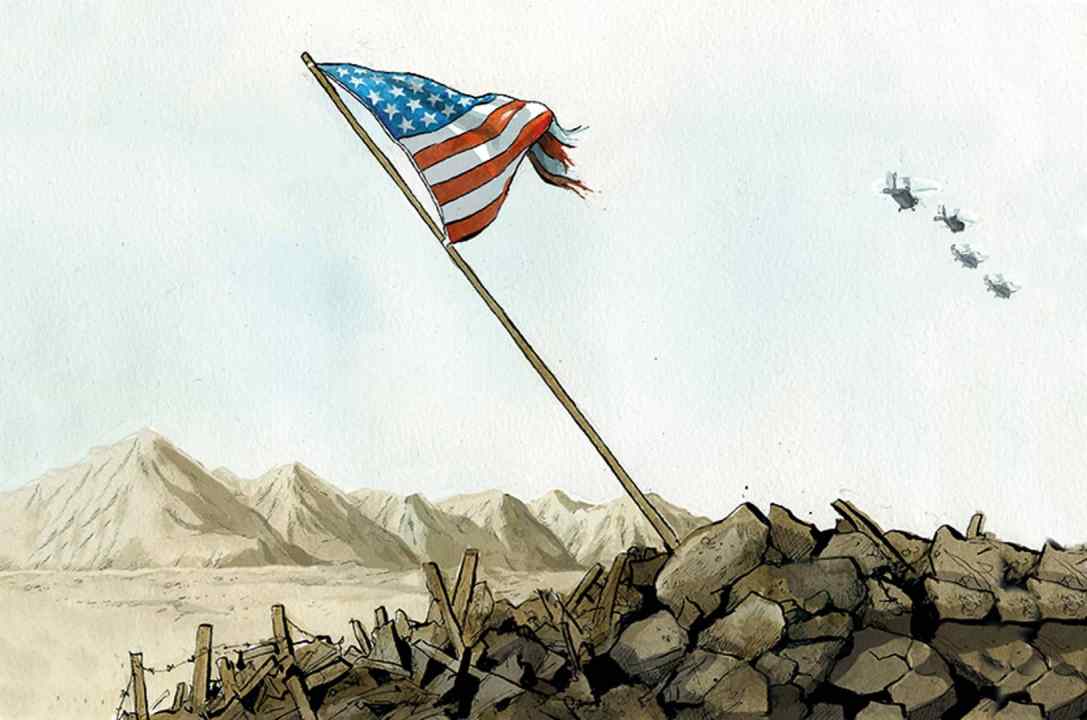The bomb attacks at Kabul airport were what US and allied commanders overseeing the mass evacuation had most feared. In so far as they could be, they were prepared. They had, it appears, received very specific intelligence — perhaps based on a trial run by the bombers — that such attacks were in the offing. They warned people to stay away from the airport. Guards were doubtless on extra-high alert. And yet the perpetrators got through. More than 60 civilians were killed along with 13 US marines. Dozens more were injured and taken to already overburdened hospitals in Kabul.
The carnage of 26 August was the costliest day in the last stages of the West’s Afghan war. As President Biden noted at his strangely stilted press conference just a few hours afterwards, Donald Trump’s agreement with the Taliban not to attack US troops during the retreat had held. This was something else: a return to the sort of terrorist attacks that had become almost routine before 9/11 and which the Nato-led intervention in Afghanistan had arguably stalled, at least from Afghan territory.

Britain’s best politics newsletters
You get two free articles each week when you sign up to The Spectator’s emails.
Already a subscriber? Log in







Comments
Join the debate for just $5 for 3 months
Be part of the conversation with other Spectator readers by getting your first three months for $5.
UNLOCK ACCESS Just $5 for 3 monthsAlready a subscriber? Log in